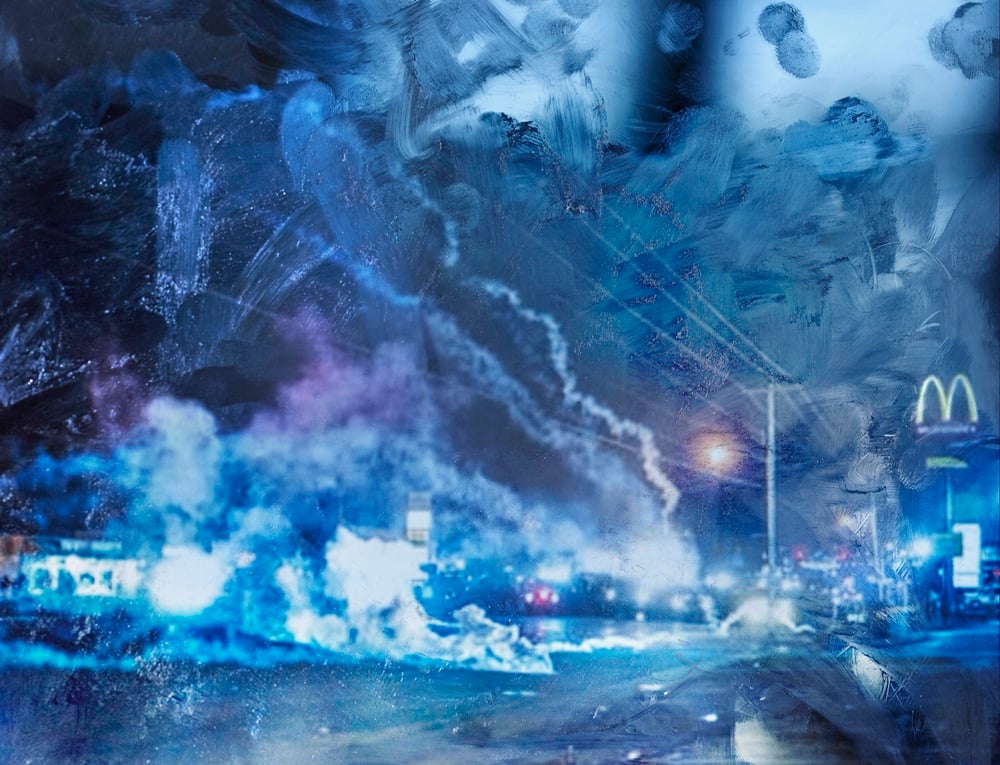On View
Photographer Tabitha Soren Wants Us to Remember the Power of Touch
A new body of work examines our relationship with technology.

A new body of work examines our relationship with technology.

Eileen Kinsella

These days, few of us think twice about the smears we leave on our cellphones with our persistent swiping, even though they’re a constant reminder of how much time we spend on our phones.
But artist Tabitha Soren, best known as a former MTV political correspondent in the 1990s, is using those marks as inspiration for her latest body of work, now on view in her first solo museum show.
“Surface Tension,” which opened last week at the Davis Museum at Wellesley College in Massachusetts, focuses on the science of touch, a topic Soren has researched extensively.
The field of study, she told artnet News in a recent interview, makes it clear that humans need to connect with the physical world. Yet we spend more and more time connecting virtually and satisfying only our sense of sight, “while touching the cold impervious surfaces of our devices,” she says.
For this body of work, Soren used an eight-by-ten, large format camera to shoot iPad screens under a raking light to reveal the marks left behind. The iPads had images of a range of things, from a teenager girl blowing a kiss goodnight to her mother, to the protests that followed the fatal 2014 shooting by police of Michael Brown in Ferguson, Missouri.
“The project is at once very simple and incredibly layered,” says Davis Museum director Lisa Fischman. “One of things about the work is that there is a painterly quality to the images, which is really surprising. The way these greasy fingerprint smears create a painterly effect is aesthetically beguiling. When you look, for example, at the Lake Tahoe wildfires, it’s highly color saturated.”
Davis met Soren through a mutual friend over a year ago. She initially saw works from Soren’s 2016 series “Fantasy Life,” which grew out of visits Soren made 14 years earlier to baseball spring-training camps with her husband, author Michael Lewis, who was then researching his book-turned-blockbuster-film Moneyball.
“I thought the work was very accomplished, but it just wasn’t really up my alley curatorially,” Fischman says of the baseball pictures. But her reaction to “Surface Tension” was swift and decisive. In the exhibition’s catalogue essay, Fischman writes: “Soren intervenes into our cool, disembodied transactional relationships with digital devices and meddles with the ‘neutrality’ of the information they deliver.”
While this is Soren’s first solo museum show, her photographs are in many important collections, both public and private, including those of the Los Angeles County Museum of Art, the New Orleans Museum of Art, the George Eastman Museum of Photography, the Berkeley Art Museum and Pacific Film Archive, the Cleveland Museum of Art, the Oakland Museum of California, and San Francisco’s Pier 24.
See a selection of works on view in “Surface Tension,” which is at the Davis Museum through June 9.